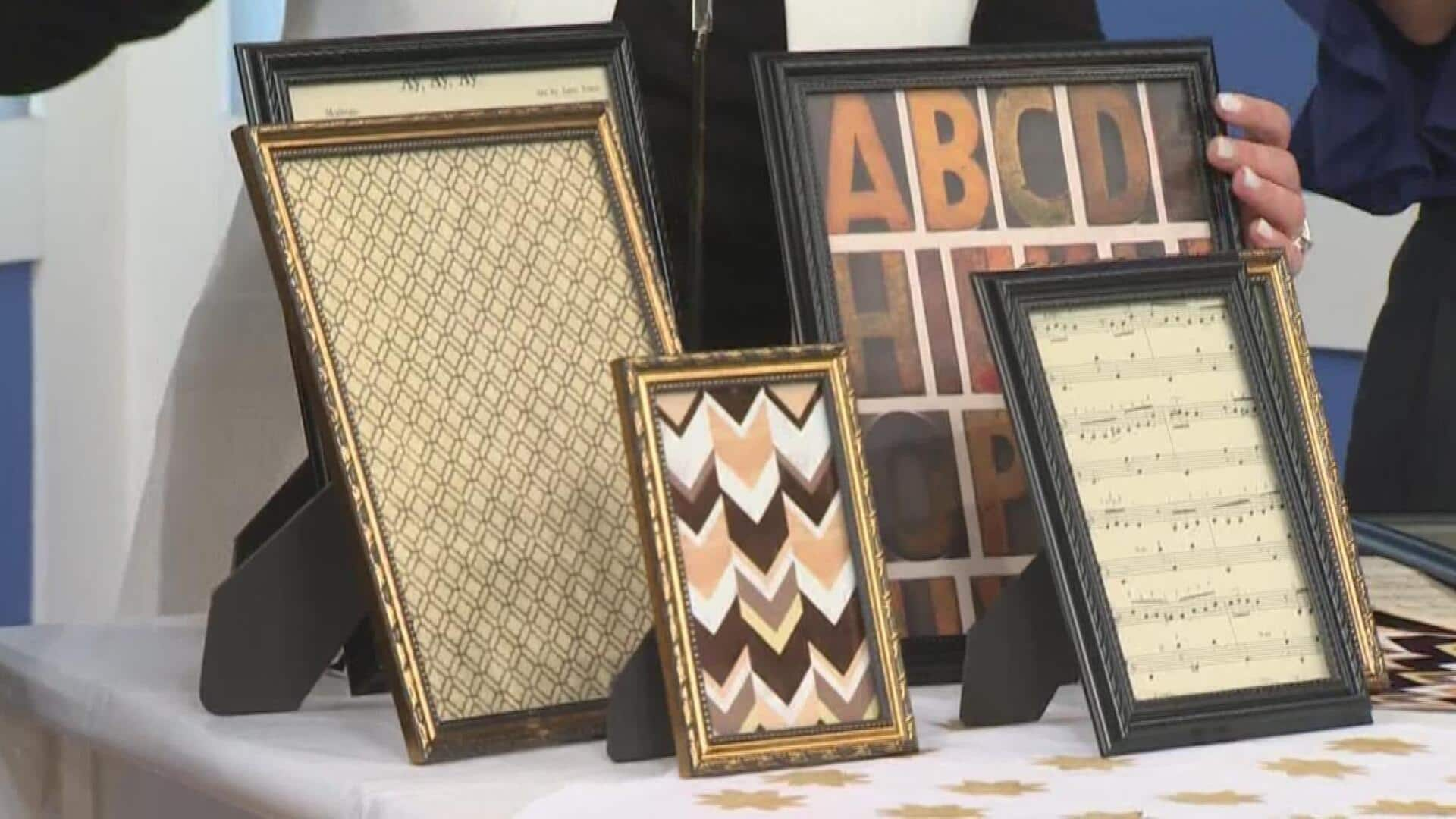
How to turn household items into stunning art
What's the story
We all know artists have a knack for seeing the world differently, turning mundane objects into extraordinary pieces of art. This innovative approach not only defies the perception of what we call art but also teaches the viewers to appreciate how beautiful even the most common things can be. Using common materials, these pioneering artists create works that are both accessible and thought-provoking.
Recycled art
Turning trash into treasure
Some artists are committed to sustainability and use discarded materials to create stunning works of art. By repurposing waste, they shine a light on environmental issues and show that there's beauty in what others might consider trash. Not only does this reduce waste, but it also inspires others to think creatively when it comes to recycling and reusing materials.
Assemblage art
The beauty of found objects
Assemblage art is all about bringing together found objects and creating a cohesive piece. Artists working in this medium often use wood, metal or fabric scraps, arranging them in a way that tells a story or evokes an emotion. This form of art challenges the viewer to see the object beyond its purpose and appreciate its aesthetic value.
Unconventional mediums
Everyday items as canvas
Some artists also use everyday items as their canvas or medium. They paint on leaves or create sculptures from pencils. These unconventional choices push the boundaries of traditional art forms and encourage audiences to reconsider what constitutes an artistic medium. By doing so, they expand the possibilities for creative expression.
Engaging spaces
Interactive installations with common objects
The best interactive installations often include mundane objects to make the experience more immersive for the viewer. It makes the installations more inviting for participation and exploration, letting the audience experience art themselves. By placing familiar objects in unexpected places, these artists create a stronger bond between their work and the audience.